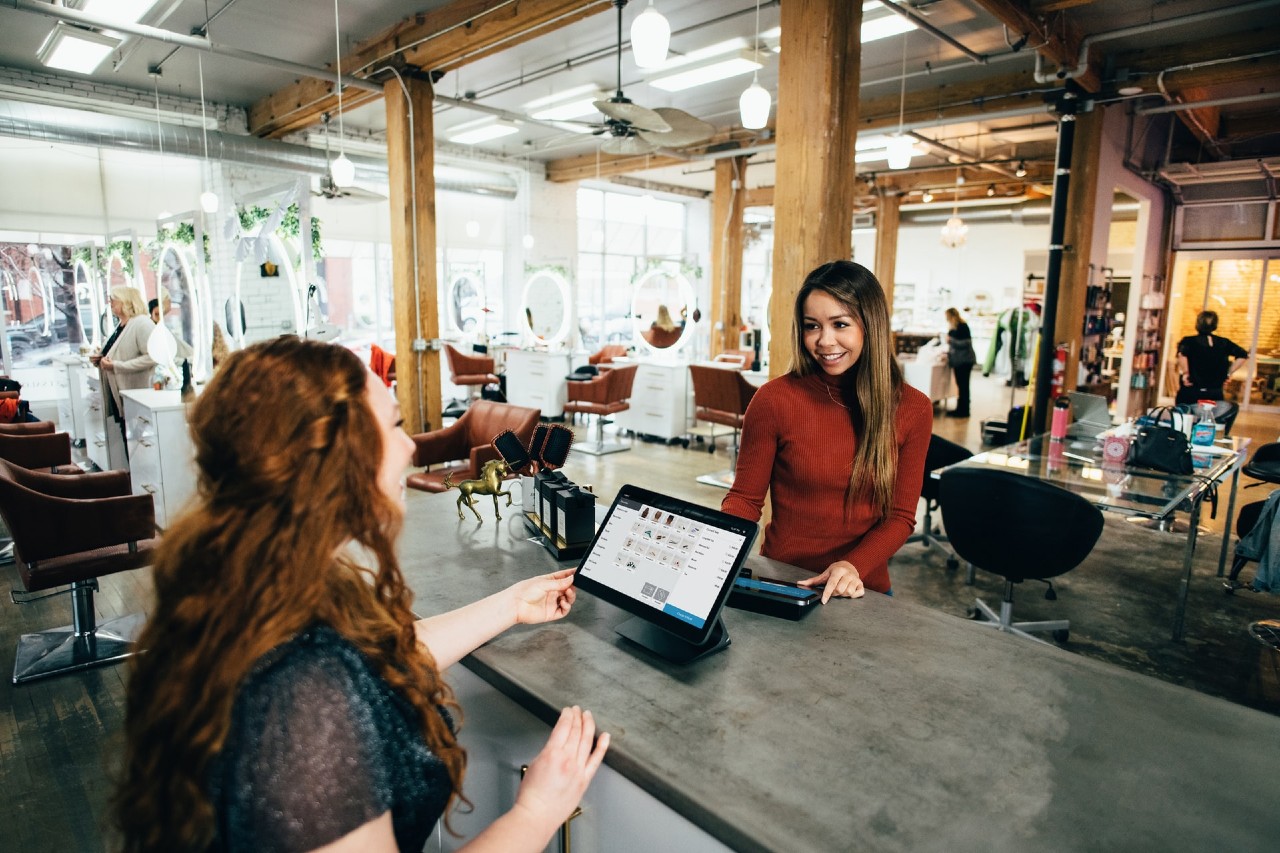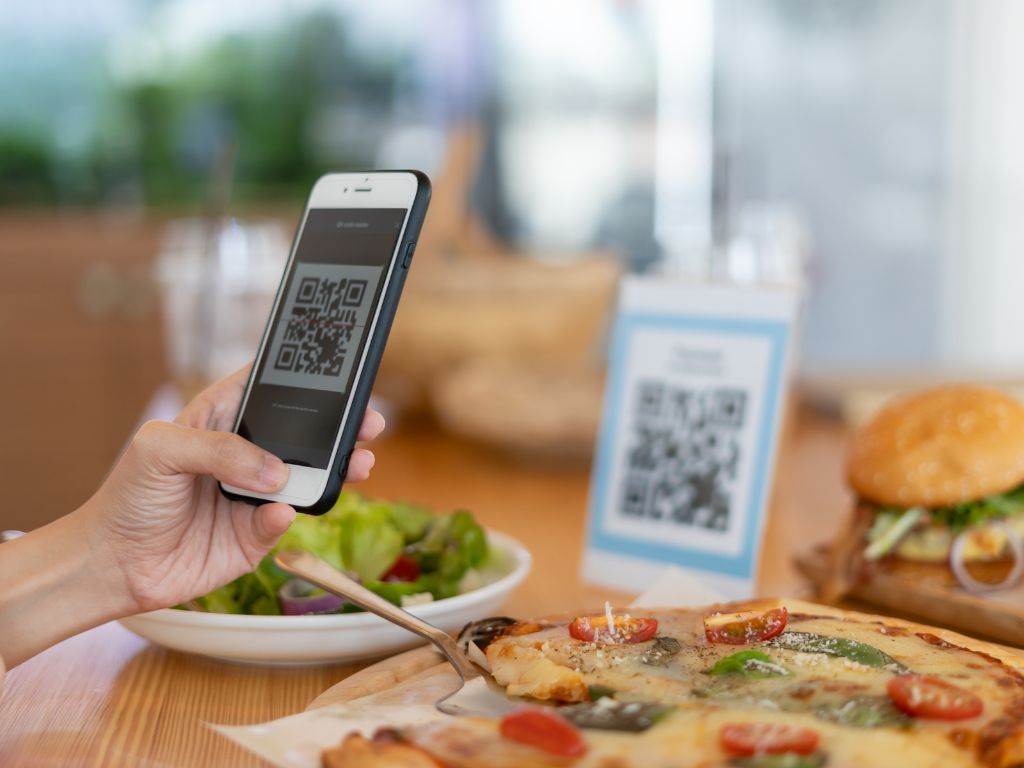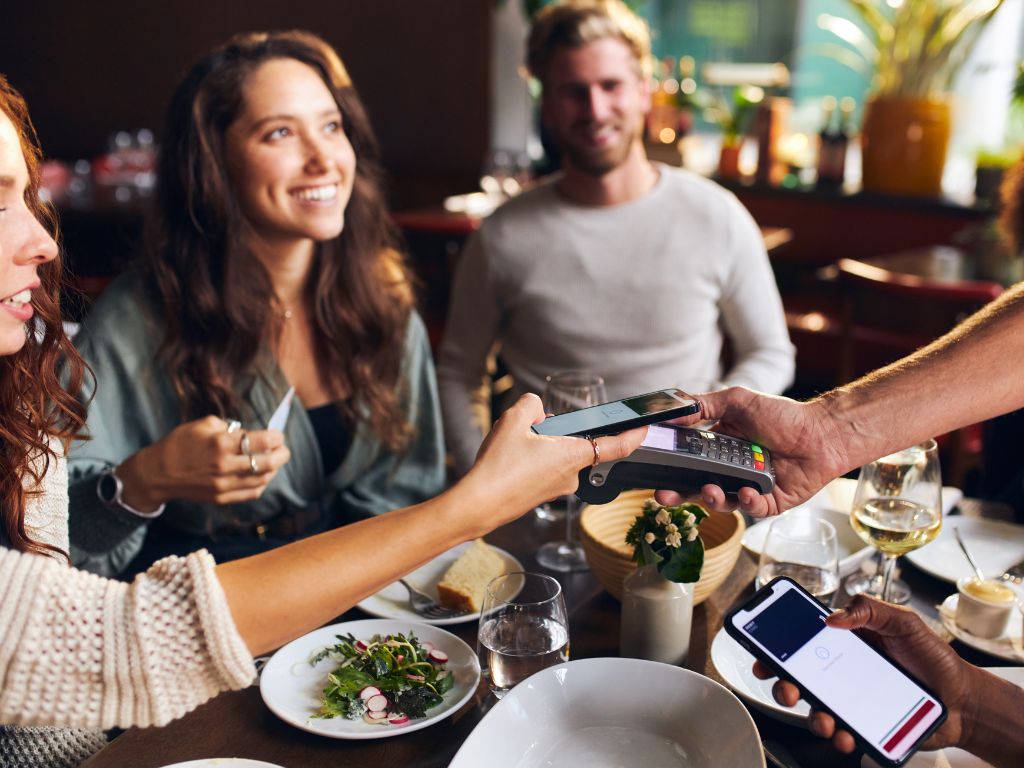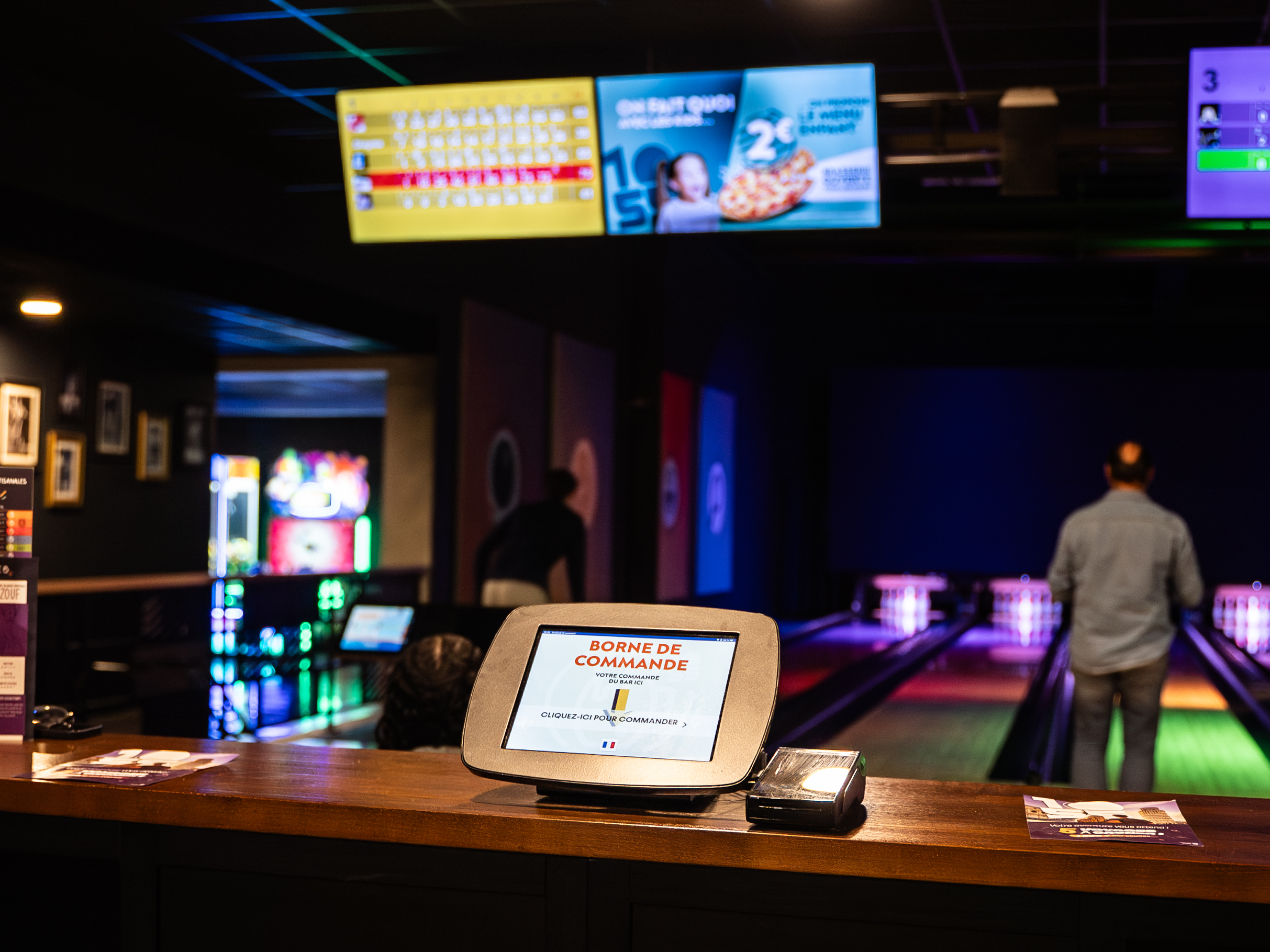4 mistakes to avoid to preserve tips in the contactless era
11 April 2025
With the spread of card payment, cash tips are becoming rarer.
Fewer coins on the table, fewer bills slipped in at the end of service... and a question that often comes back to restaurateurs: Will tipping disappear with the digitization of payments?
In fact, no. Tipping is evolving. And if it's declining, it's not because customers are less generous, but because digital technology is still poorly adapted to this gesture.
Today, 85 % of French people say they tip in restaurantsThis compares with 71 % in a bar and 48 % on delivery. The average amount is around 5 % of the bill, but the trend is downward: a few years ago, teams were receiving up to 20 % in tips, compared with just 3 % today.
The main obstacle? Lack of change. 35 % of customers say they don't tip because they've run out of cash. And yet, 71 % are in favour of a tip option integrated into credit card payments.
So no, the tip doesn't disappear. But it needs to be part of a fluid, simple and well-designed digital journey.
In this article, we take stock of :
✔ what digitalization really changes for tips,
✔ mistakes to avoid,
✔ best practices for your teams,
✔ and concrete benefits for your facility.
The transition to digital: what impact on tips?
With the gradual end of cash payments, the reflex of leaving a coin on the table is also disappearing.
Teams see it every day: tips are melting away, and with them a significant part of their income. For your part, it's hard not to see this as a risk to motivation, especially in a sector already under strain.
The problem isn't digital itself, but in the way it is integrated into everyday life. If the customer journey doesn't include the option of leaving a tip, the intention is lost. And in many establishments, this is still the case.
Contactless payment or QR codes accelerate the experience... sometimes to the point of erasing the small gestures. The customer is out of change, can't see the option, doesn't know what to do. It's not that they don't want to, it's that they're not being offered anything.
And you can feel it in the room. Teams are worried, managers need to respond, but without tools and data, it's hard to do better.
Well thought-out, though, digital technology can put tips back in the right place: in a fluid, clear and equitable path.
4 common mistakes that drive down tips
Tipping hasn't disappeared. It just needs to be intelligently integrated into the new routes. But in practice, some mistakes still prevent your customers from leaving it... even when they want to. Here are the most common, and above all, how to avoid them.
01. Do not activate tip option on TPE
On most Eftpos terminals on the market, you can activate a "tip" step just before payment validation. If it's deactivated, customers miss out without even realizing it.
➜ Check with your payment provider that the option is available and activated by default.
➜ Prefer an interface that offers several clear choices (fixed amount or percentage) + an "other amount" option.
➜ Test the customer journey yourself to identify any potential sticking points.
02. Do not offer it as payment at the table
A tip-free 100 % digital route, it's a clear loss of earnings for your teams.
However, most tools allow you to add a dedicated step just before payment, as long as you set up the path properly. With Obypay, tipping can be seamlessly integrated at the time of payment. table rules.
➜ Check that tipping is enabled in your solution.
➜ Position it at the right moment: just before payment, visibly, without additional clicks.
03. Not training teams to talk about it
A good digital journey isn't everything. If your teams don't know that tipping is included, or don't dare talk about it, the information won't get through. And in a context where every euro counts, it's a shame to leave it to chance.
➜ Explain clearly how the tip option works: on the terminal, kiosk or via QR code.
➜ Give them ready-made phrases to slide in at the end of the interaction, without insisting: "You can leave a tip just before validating", or "The tip will be proposed just before payment".
➜ Incorporate this reminder into your regular briefings, especially when you're rolling out a new solution. If the tool evolves, so must communication.
04. Don't show customers it can be done
Even when everything's set up properly, if the customer doesn't see the tip option, he won't think of using it. And they won't look for it. It has to be clear, visible and integrated into the customer's experience without being intrusive.
➜ Add a discreet but explicit statement to your media: "Tip available on card" or "Tip option available at checkout".
➜ On a terminal or QR code, think of a pictogram, a dedicated line or short message just before validation.
Objective: customers understand that they can leave a tip, even without change, and without having to ask.
Want to find out more? Read our article ➜ Restaurants: how to boost tips?

Best practices to implement now
Correcting mistakes is the first step. But if you want to turn tipping back into a real lever (for your teams and for the customer experience), you need to go further. It's less a question of adding a checkbox, and more a question of thinking of the tip as a management tool.
01. Enable default tipping on all digital journeys
If the tip option does not appear on all your payment channels, you lose the opportunity to make it automatic.
➜ Centralize configuration to ensure consistency across all media.
➜ Update your routes each time a menu or tool is changed. A single oversight is enough to cause results to plummet.
➜ With Obypay, activation can be standardized for all channels, with unique settings.
02. Customize suggestions (amounts, messages, contexts)
Tipping is not the same in a downtown café at 9 a.m. as it is in an 80-seat brasserie in the evening. If you offer the same thing to everyone, you're missing out on a conversion lever.
➜ Vary the proposals depending on the amount of the bill or the type of order (on the spot / takeaway).
➜ Test different formats: fixed amounts, percentages, or a combination of both.
➜ Include a message that fits your image: experience counts as much as the sum.
03. Subtly informing customers
Rather than "showing that it's possible", make people want to do it. Without insisting, but by creating a favorable framework.
➜ Place a small visual reminder in the right place: at checkout, not on a sign at the entrance.
➜ In a terminal or app, avoid generic formulations. Prefer messages that are human, contextual and reassuring ("Your tip will go to the team of the day", "Thanks for the helping hand!").
04. Integrate monitoring into management tools
Too few establishments actually track tips. And yet, it's a valuable source of data:
➜ You can analyze performance by channel, by department, even by team.
➜ You spot the off-peak hours, formats that generate more tips, and the differences between chains (in the case ofa group or a food court).
And above all: you give your teams visibility. It's no longer "something that may or may not fall": it's a readable, traceable, controllable indicator.
What you and your teams gain
Well-integrated, digital tipping doesn't just compensate for the disappearance of cash. It can do better: structure, smooth out and enhance the value of this customer boost, which plays a real role in the economic equilibrium of the field.
A better tip rate
According to a 2021 survey of over 1,000 restaurateurs and consumers, the mere presence of a suggestion screen at checkout can increase tips by an average of 40 %.
➜ The right message, at the right time, with the right amounts = more tips every day.
➜ And unlike the species, everyone sees the : even those who might not have thought of giving.
Welcome transparency (especially for salaried teams)
Cash tips often raised more questions than answers: who gets what, how is it divided up, what to say in the event of an inspection? Digital brings order.
➜ You trace the amounts, the channels, the periods: it's all easy to read.
➜ This makes it possible to manage allocations more equitably, or even turn it into an integrated HR lever (team bonus, collective motivation...).
A smoother customer experience
Most customers are not averse to tipping, but they want a simple, unobtrusive route. When it's discreet, legible and well-placed, the gesture becomes natural.
➜ No more searching for change or ask the question "can we leave a tip?".
➜ The step is integrated without lengthening the process.
The result: tipping becomes a reflex, not a complication.
Ready to give tips back the place they deserve?
Do you want to integrate tipping into your digital journeys without complicating the customer experience?
Our team is here to help you do it simply, efficiently... and without leaving anything to chance.
Let's talk about your facility, your needs, and the payment solutions the most suitable.
Contact usWe'll show you how it can work at home.











